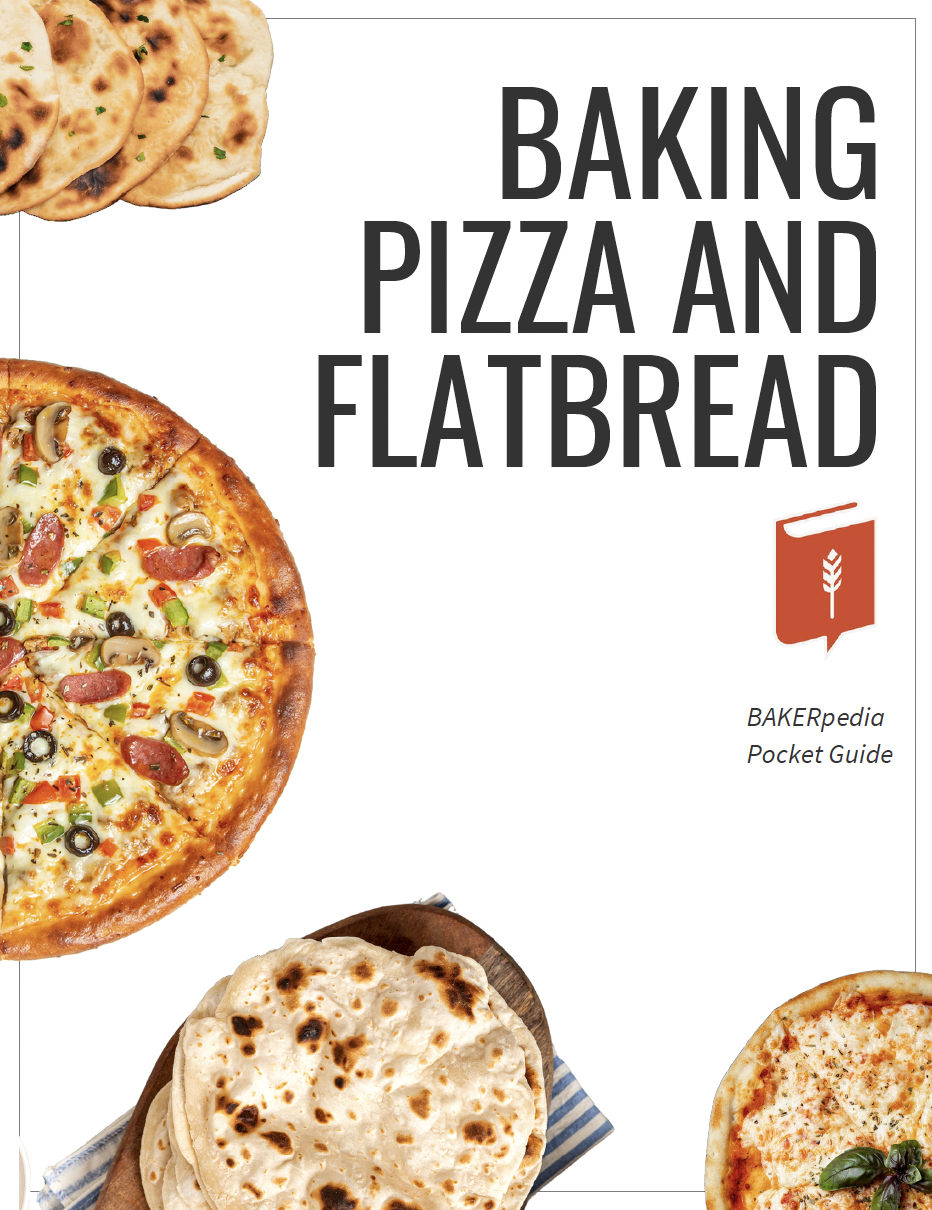Crafting Crispy Olive and Rosemary Focaccia Buns

Are you looking to add more flavor to your bread and bun line? Our team has created a formula for crispy olive and rosemary focaccia buns using premium ingredients from Lesaffre North America that will have your customers’ mouths watering. Join us as we walk you through how to formulate these delicious buns while maintaining a clean-label approach.
Choosing the Right Ingredients
1. Livendo Durum Wheat:
Durum wheat is known for its high protein content and strong gluten network, making it ideal for bread products that require a firm structure and chewy texture. Lesaffre’s Livendo Durum Wheat enhances these properties, ensuring your focaccia buns have the perfect balance of crispiness and chewiness. Its clean-label formulation aligns with consumer demand for natural and simple ingredient lists.
2. Saf Instant Yeast:
Yeast is a critical component in bread making, impacting both the flavor and texture of the final product. Saf Instant Yeast by Lesaffre is renowned for its reliability and performance, providing consistent leavening power. This yeast accelerates fermentation, allowing for better control over the dough’s rise and overall quality.
3. Flour:
The right flour is necessary for a good crumb with a crispy exterior. While Europeans like to use type 00 flour for the production of Focaccia bread, a good substitute in the US would be all-purpose or Pastry flour. Together with an overnight fermentation, all-purpose flour would produce a good-quality Focaccia. We used bread flour in this formula because we chose not to give it a long fermentation. The higher-quality protein in bread flour can better handle high-output processes as well.
4. Water:
Hydration or water absorption in Focaccia is usually about 80%. The higher the hydration, the more fermentation it requires to strengthen the proteins and produce larger holes in the crumb. Using bread flour, a flour with a higher protein quality, we were able to increase the hydration to 82.5%.
| Focaccia | dfw% |
| Warm water | 82.5 |
| Dry yeast | 1.5 |
| Livendo Durum | 3 |
| Olive oil | 3 |
| Sea salt | 1.5 |
| Bread flour | 100 |
© BAKERpedia
How to Make Amazing Focaccia
Creating crispy olive and rosemary focaccia buns requires attention at each stage of the formulation process. Here’s a step-by-step breakdown:
1. Dough Preparation:
Start by combining Livendo Durum Wheat flour with water, olive oil, and a pinch of salt in a large mixing bowl. The hydration level is crucial; aim for a slightly sticky dough to ensure a moist crumb in the final product. Incorporate Saf Instant Yeast to kickstart the fermentation process.
2. Mixing the dough:
Mix the ingredients thoroughly until a rough dough forms. Full development is not needed if folds are given during fermentation. Proper kneading develops the gluten network, which is essential for the dough’s elasticity and structure.
3. First Rise:
Place the dough in a lightly oiled bowl, cover it with a damp cloth, and let it rise in a warm, draft-free area for about 1-2 hours or until it doubles in size. This initial rise is critical for producing acids, conditioning the dough, and providing its volume.
4. The Fold:
Artisan bakers fold their dough during the fermentation process to realign the protein network. This realignment exposes more proteins to hydration, thus making the dough stronger. The more folds you put into the dough, the larger the holes become in a higher hydration dough. Folding is controversial in high-output operations. Many bakeries still hand fold their doughs because automation is not available. Some bakeries bypass this step and, therefore, can’t produce the large holes in the Focaccia at a high hydration level. If you want larger holes in your crumb, folding is a necessary step. Folding every 30 mins for 2 hours was accomplished for this formula.
5. Shaping and Second Rise:
Divide the dough into equal portions and drop them into deep-dish hamburger pans. Allow them to rise for another 30-45 minutes. The second rise ensures the buns are light and airy and produces larger holes in the crumb structure.
6. Incorporating Toppings:
Drizzle the top with olive oil and sprinkle with herbs and seasonings like rosemary, sea salt, and sliced olives. Olive oil is good for heat transfer and crisps up the exterior of the Focaccia.
7. Baking:
Preheat your oven to 232°C (450°F). Steam is not required. Bake for 20-25 minutes, or until the buns are golden brown and sound hollow when tapped. De-pan immediately to maintain that crispy exterior.
Clean-Label Considerations
Consumers are increasingly seeking clean-label products, free from artificial additives and preservatives. Lesaffre North America’s Livendo Durum Wheat and Saf Instant Yeast are excellent choices for meeting this demand. These ingredients are minimally processed and free from unnecessary additives, aligning with clean-label principles.
Expanding Your Bread and Rolls Offerings
Exploring different types of bread can diversify your bakery’s product line and appeal to a broader customer base. Focaccia buns are just one example; consider experimenting with other flatbreads or specialty loaves. Lesaffre North America offers a range of ingredient solutions to support various bread formulations, ensuring high-quality results.
Looking for more delicious ideas for your bread lines? Download the Pizza and Flatbread guide:

Market Trends and Opportunities
The pizza and flatbread market is experiencing significant growth, driven by consumer demand for convenient, flavorful, and artisanal bread products. Staying informed about market trends can help you adapt your offerings to meet evolving consumer preferences. Explore more about the rising pizza and flatbread markets.
Want to follow our step-by-step guide? Watch the Wisdom Wednesday:
By leveraging high-quality ingredients like Livendo Durum Wheat and Saf Instant Yeast from Lesaffre North America, you can create delicious, crispy olive and rosemary focaccia buns that satisfy both taste and clean-label criteria. This technical guide provides the foundation for crafting exceptional bread products, ensuring your bakery stands out in a competitive market.
Want to stay up-to-date with BAKERpedia? Sign up for our newsletter today!

